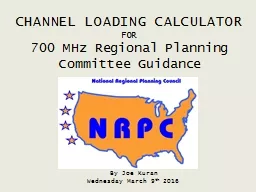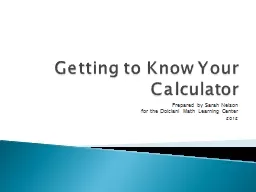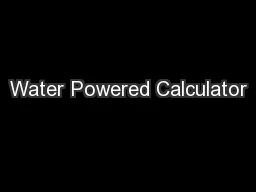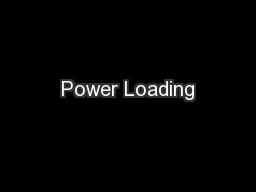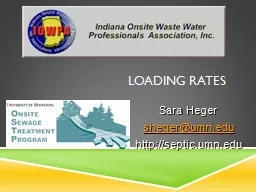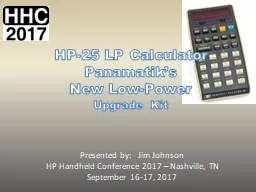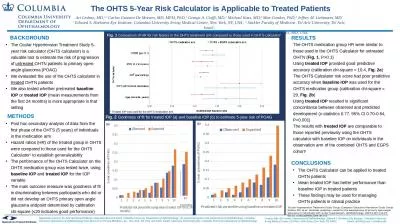PPT-CHANNEL LOADING CALCULATOR
Author : yoshiko-marsland | Published Date : 2019-12-25
CHANNEL LOADING CALCULATOR FOR 700 MHz Regional Planning Committee Guidance By Joe Kuran Wednesday March 9 th 2016 This Channel Loading Calculator is designed for
Presentation Embed Code
Download Presentation
Download Presentation The PPT/PDF document "CHANNEL LOADING CALCULATOR" is the property of its rightful owner. Permission is granted to download and print the materials on this website for personal, non-commercial use only, and to display it on your personal computer provided you do not modify the materials and that you retain all copyright notices contained in the materials. By downloading content from our website, you accept the terms of this agreement.
CHANNEL LOADING CALCULATOR: Transcript
Download Rules Of Document
"CHANNEL LOADING CALCULATOR"The content belongs to its owner. You may download and print it for personal use, without modification, and keep all copyright notices. By downloading, you agree to these terms.
Related Documents

